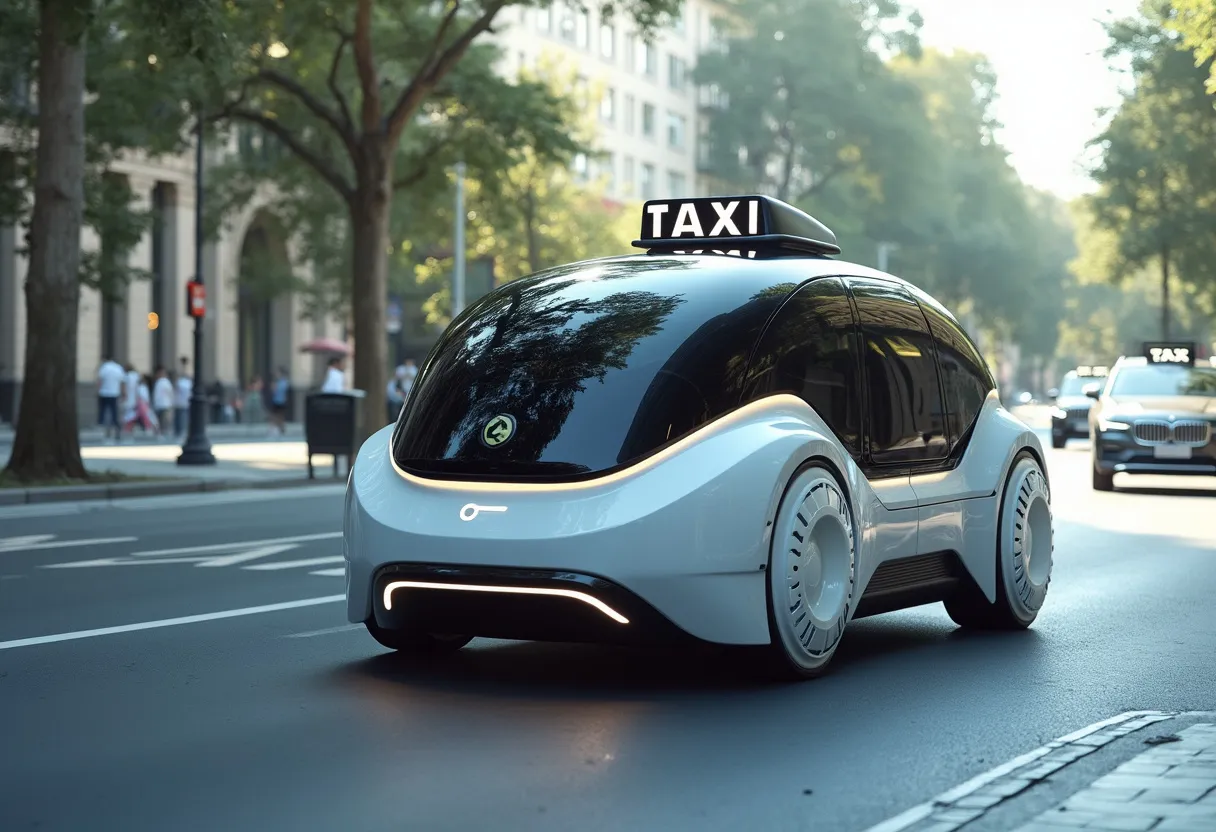
Artificial Intelligence (AI) is rapidly evolving from abstract digital concepts into tangible, real-world experiences through the swiftly advancing domain of "Physical AI." At the forefront of this transformation are autonomous vehicles and electric vehicle (EV) technologies, showcasing the remarkable growth and potential of AI-driven innovation in our daily lives.
San Francisco stands as a prime example of Physical AI in action, with Waymo's autonomous robo-taxis redefining urban mobility. These self-driving cars have successfully navigated one of America’s busiest cities, demonstrating reliability and safety, transforming commuting, and setting the stage for similar technologies to flourish globally. This success indicates a significant shift in urban transportation, with major cities around the world likely to embrace similar services, greatly enhancing safety, reducing traffic congestion, and cutting carbon emissions.
In parallel, the global electric vehicle market has witnessed another landmark breakthrough, with the Chinese automotive giant BYD announcing the launch of an EV that charges fully in just five minutes. This innovation is not merely an incremental improvement but a game-changer that addresses one of the most significant barriers to widespread EV adoption—long charging times. By dramatically reducing downtime, BYD’s technology could greatly boost consumer confidence in EVs, likely triggering a substantial surge in global electric vehicle sales. As BYD continues its rapid international expansion, competitors will be compelled to accelerate their innovation cycles, potentially ushering in a new era of ultra-efficient EVs worldwide.
Beyond transportation, Physical AI is already deeply embedded in industries through non-humanoid robotics, revolutionising manufacturing and logistics sectors. Robots handling everything from assembly lines to inventory management have significantly improved productivity and operational efficiency. Guided by sophisticated AI algorithms, these robots have proven crucial in eliminating errors, reducing operational costs, and enhancing safety standards by performing repetitive and hazardous tasks previously done by humans.
Yet, perhaps the most intriguing dimension of Physical AI is the potential widespread adoption of humanoid robotics. Companies such as Tesla with their humanoid robot "Optimus" and Boston Dynamics with "Atlas" are paving the way towards integrating highly advanced, human-like robots into daily life. These robots hold promise across numerous fields, including healthcare, hospitality, customer service, and emergency response.
Despite current technical and social hurdles, experts anticipate humanoid robots will enter mainstream usage within the next decade. Key technological advancements, particularly in AI-driven mobility, natural language processing, and sensory technology, are accelerating this timeline. The prospect of robots assisting in elderly care, managing household chores, or supporting frontline workers in dangerous situations is becoming more tangible by the day.
As we move forward, the unstoppable rise of Physical AI is set to profoundly redefine the interaction between humans and technology. Autonomous vehicles like Waymo’s robo-taxis and groundbreaking EV innovations from BYD illustrate how quickly physical forms of AI are being integrated into everyday life. Coupled with the continuous expansion of robotics in industry and the imminent arrival of humanoid robots, the future envisioned by science fiction is rapidly becoming a reality.
Physical AI holds the potential not only to reshape industries and cities but also to significantly improve quality of life, efficiency, and sustainability. As we step into this exciting era, it becomes clear that intelligent, autonomous systems will soon become as integral to daily life as smartphones and personal computers are today. The unstoppable momentum behind Physical AI suggests that we are witnessing not merely incremental change but a transformative leap into a smarter, more efficient, and interconnected world.